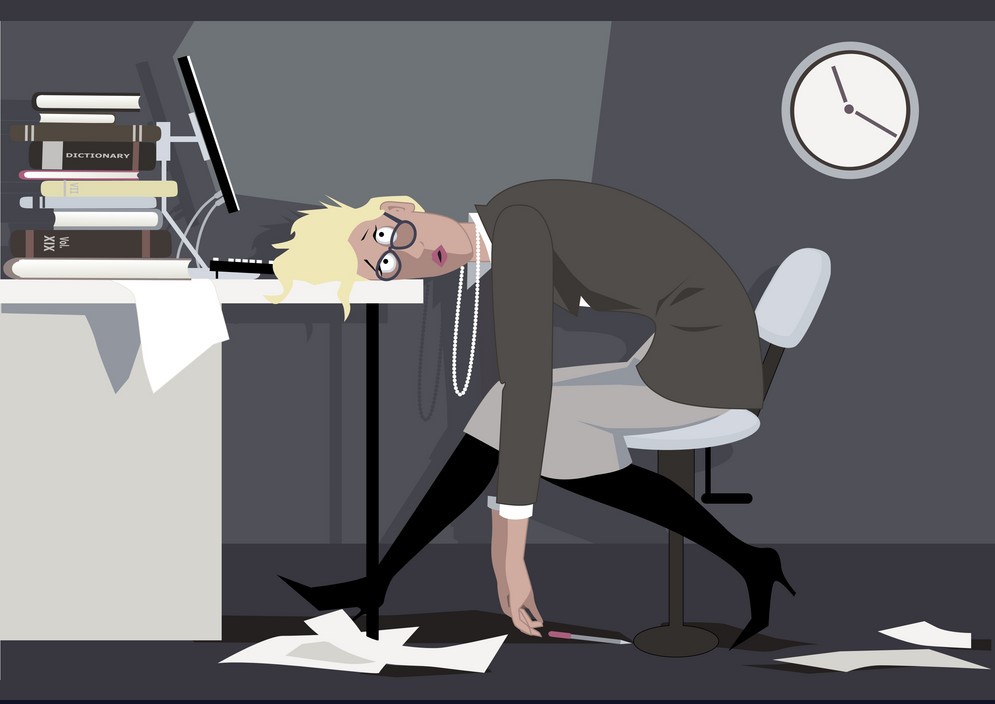Billing Work
The quality of billing work done at (or for your office if you outsource) has a huge impact on the hot topic of patient experience and probably more important the perception of competency at your office. Equally important to the quality of care at least in many patient’s minds, is how hassle free, fast and without surprise claims settle and patients get bills they recognize.
The billing function for most physicians and clinicians is not an area of deep understanding. It is not covered in medical school and unless you have spent your time delving into the details, it is hard to know what makes it good and what causes issues.
Top 5
What are common things that clinical staff do that cause issues and surprises for patients? Here are our top five drawn from 20 years of physician practice billing:
- Not completing clinical notes timely after patient visits matters. 24 hours is a good goal. In the EHR world, charges are not generated and available for billing until the note is complete. This was not the case in the superbill world of long ago. The more time that passes after the patient leaves the office and the note is completed, the more work that is generated and collecting money slows down. If you gave your patient an estimate of patient responsibility for the visit and possibly collected up front, that number may change as other provider’s charges arrive for adjudication before yours, thus changing your patient balance due. You now must issue a refund. It is also very likely that your billing staff has developed time consuming “work arounds” to deal with charges that arrive for billing days or weeks after the patient visit.
- Attempting to discuss with patients how insurance will settle their claims. Insurance is complicated, clinical staff should leave the topic to business staff. So many commercial plans have high deductibles today for services that do not fall under “wellness”. While these services are covered under insurance, in other words, a contractual write off will be taken, many go to deductible versus insurance paying. Once a patient hears his visit is “covered” his immediate next thought is that he will owe noting beyond a copay. It is really important, and could be a law in the future that patients are provided detailed estimates of service cost. The correctness and consistency of the financial conversations with patients is a huge driver in satisfaction and whether the practice collects patient responsibility money.
- Trying to excuse copays, coinsurance with some patients. Many plans and especially Medicare will penalize you if audited saying that if you routinely excuse copays and coinsurance that what you accepted is 100% of the allowed thus you owe money back for the patient portion. When you tell a patient you are excusing the copay and that does not happen, then there are issues.
- Not knowing/understanding the basics of their common coding combinations and how to choose the correct E&M level or use a coding calculator. If charges are always missing items, someone in billing is spending a lot of time doing corrections. And if billing staff is going to EHR notes to sort out charges then, getting charges billed is slowing collections.
- Pulling billing staff to other functions when staff calls in sick. Proper staffing is the way to go. For in house billing, if staff is not there, work stops. Once work has stopped, it does not take very long for it to pile up and be very hard to catch up. In fact, just a normal week’s vacation for billing staff can take multiple weeks to catch up. So while billing seems to be a good place to get floater employees, it is not.
How do you fix these issues?
Communication, education and proper staffing. Depending on the group size, designating a physician as a “business” physician and including that person in business office meetings so they are aware of issues is a start. Educating physicians on the life cycle of a claim can be helpful. Making sure that set up issues in the EHR or workflow issues are not contributing to slowness of signoff. And having enough staff to cover functions without raiding other functions is important.
The business side of a practice can be a real asset on providing a good patient experience. It requires a team effort from both business and clinical staff.
For more information, please fill out the Contact Us request form.

